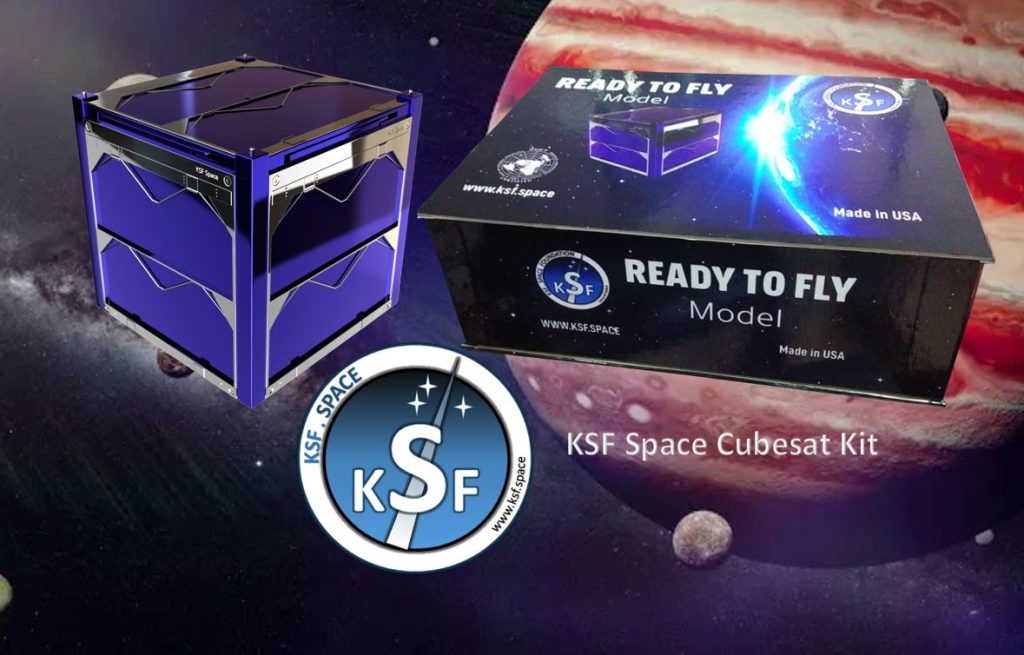Several space exploration projects have sought to pioneer nanosatellite technology for exploring space. Nanosatellites are smaller and cheaper than their traditional counterparts, and they are utilized for a variety of objectives, including communications, Earth observation, and navigation. While the space industry has yet to fully accept this technology, safety and cost issues are keeping it from being fully utilized. As a result, these spacecrafts haven’t had the impact on space exploration that they are able to have yet.
The nanosatellite technology was originally developed for scientific research in space. As a result, academic and space industries such as the KSF Space Foundation in the US are largely responsible for space exploration. Several international organizations are currently working on nanosatellite programs, including the Nanosat consortium and the KSF Space corporation. Many universities also have satellite development programs to assist in advancing this field. Rice University’s Space Exploration Institute (SEI) has several ongoing projects that utilize nanosatellite technology.
The KSF Space Foundation CubeSat kit is both simple to use and highly effective. It includes everything you need to build a functional CubeSat, including a flight computer, power systems, and communication systems. In addition, you may add your own sensors and other components to your CubeSat to meet your unique needs by utilizing the kit’s highly versatile capabilities.
Dr. Kayyali, chairman of KSF Space Foundation, stated that CubeSats, which are simple to build and inexpensive to operate, can now be used to develop space projects at schools and universities.
Nano-satellites are smaller and lighter than conventional satellites, making space exploration less costly. Each nano-satellite is just 10 cm in size and weighs less than 2 kg. In contrast, traditional satellites are around 12 m in size and weigh 100 kg because of their additional cargo. Nanosatellites present several advantages over standard satellites, but many businesses still question them due to security issues. Nanosatellites are susceptible to burning up in the atmosphere due to their small size. As a result, researchers are exploring ways to safeguard the nanosatellites to avoid them becoming harmless bits.
A highly modular, highly integrated system is created by fixing the satellite body dimensions. In addition, CubeSats may also be stacked together and sent to orbit according to the demands of a mission. This is known as ‘hosted payload’ where a satellite container is used to transport a larger payload closer to its intended destination in space while smaller payloads ride inside the container. When CubeSats arrive at their destination, they may also be detached from their mothership and landed at a specified location or returned environmental data may be returned to earth.
Nanosatellites have a lot of potential in space research, but right now they are too risky and expensive to be commonplace due to their current safety and cost issues. In the future, once these problems are resolved, nanosatellites may revolutionize space exploration by making it cheaper and simpler for everyone to conduct research.








